In Northern Norway, Reindeer Racing and a “Joik” Singing Showdown Welcome in Spring
The Sami Easter Festival blends old and new traditions in Lappland’s northern reaches
The humble village of Kautokeino (cow-too-cane-o) in Norway’s far north boasts one hotel, two churches, thousands of colorful folk costumes and one of the most improbable Easter festivals in all of Scandinavia. After slumbering through the Arctic winter’s constant darkness, Kautokeino comes alive each spring amid the vast whiteness of Scandinavia’s Lapland region for a magical, four-day reawakening called the Sami Easter Festival. Townspeople emerge from snow-laden homes in ornate finery of blue, gold, red and silver to attend three nights of elaborate folk and pop concerts, reindeer and snowmobile races and Easter celebrations.
“Traditionally this was the last time for the Sami people to gather before moving their reindeer herds,” Knut Hansvold of the Northern Norway Tourism Board told me. “But now it’s a little of everything, celebrating Easter, baptisms, confirmations and weddings. It’s no longer so cold, the sun is back and it’s easier to travel.”
Christian customs are a relatively recent addition to the once-nomadic, shamanistic Sami culture, but the festival comes at the perfect time—just before 180,000 reindeer migrate from the high mountain plateaus of Finnmark County to lush coastal pastures in search of abundant food as calving time approaches. For the Sami themselves, it is a great time to party.
No such party would be complete without plenty of joik singing—an ancient, improvised lilting that channels the spirit of a person, animal or landscape, with or without lyrics. To American ears, joik singing may vaguely resemble Native American chanting, since it features hypnotic repetition, lilting and deep-throat undulation.
The festival features joik contests for adults and children and evening concerts incorporating modern versions of joiking, which add drums, guitars and other instruments to create a unique folk-rock style. One of last year’s headliners, Mari Boine, is a legendary representative of Norway on the world music scene who has been presenting Sami music to audiences across Europe and North America for decades. The final night’s televised Grand Prix show, complete with two emcees and live audience voting, is divided into two halves, one for pop bands and the other for solo joiks.
As popular as the festival is among Samis, it is virtually unknown elsewhere, including much of Norway. The few foreigners I met there included three girls from Oslo who had come because one had seen the festival advertised in a Norwegian brochure in California. The vast majority of attendees are locals decked out in brilliant costumes with meticulous needlework, as well as exquisite silver amulets and jewelry.
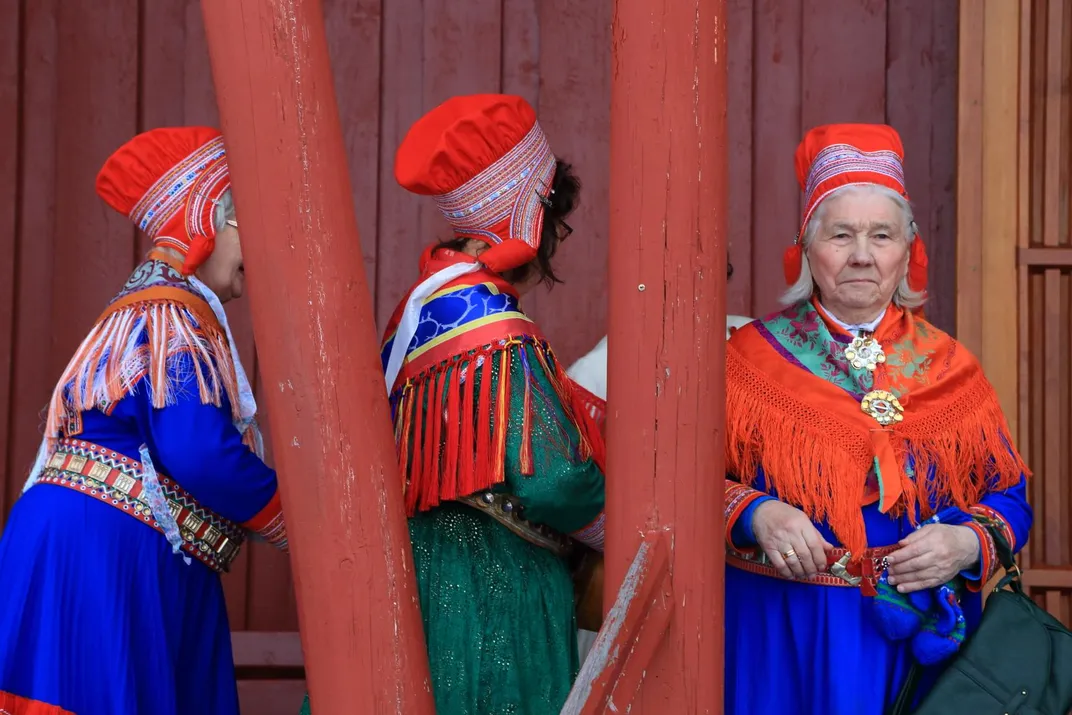
It is this use of folk attire as holiday wear, rather than tourist costume, that lends the celebration its grass-roots, homespun feel. At night, celebrants walk to concerts in subzero temperatures and blowing snow dressed in clothes that would look regal anywhere else. When I offered one young woman a ride to spare her the frigid weather, she told me the outfits were quite warm—almost too hot to wear inside.
“We get a new outfit every year for every occasion,” explained Lutheran minister Bjarne Gustad as we sat down to an afternoon meal of porridge and waffles after he conducted Easter morning services during the festival. “Every family has one person who specializes in sewing for everyone.”
While Bjarne is from southern Norway, his wife, Inger Anna Gaup, is Sami and spent her early years following the reindeer herd with her family, living in a lavoo—a reindeer-skin tent akin to a tipi. Looking at a painting on their living room wall of two lavoos dwarfed by a deep blue night sky in the snowy vastness of the high winter plateau, she shuddered.
“It was cold,” she explained. “When you live in a house, then you don’t need so much clothes. But when you live like that, you need much clothes. We lived in them, but the outside clothes we had with reindeer skins, that we took off to sleep.”
It was all quite normal, she said, and it was the only world they knew. “We used to play, used to make small lavoos with birch sticks, and run and ski, and make snow houses and play reindeer and I had to pull my sister along. That was what we saw in our world, reindeer, nature—that was what we played.”
At reindeer races the day before, I had watched the adult version of such play, as bulls exploded from mini horse-racing gates with skiers tethered behind them, tearing across an icy track. An elderly woman watching from her minivan in the parking lot invited me inside to take shelter from the icy winds. I asked about her beautiful Sami dress, which was green rather than the traditional blue, and she explained, “This is just a work dress, everyday wear.”
As another set of reindeer and skiers burst from the gates, she gazed toward the track with a critical eye. “This isn’t how we used to do it,” she mused. “We used sleds, and I won many, many races.”
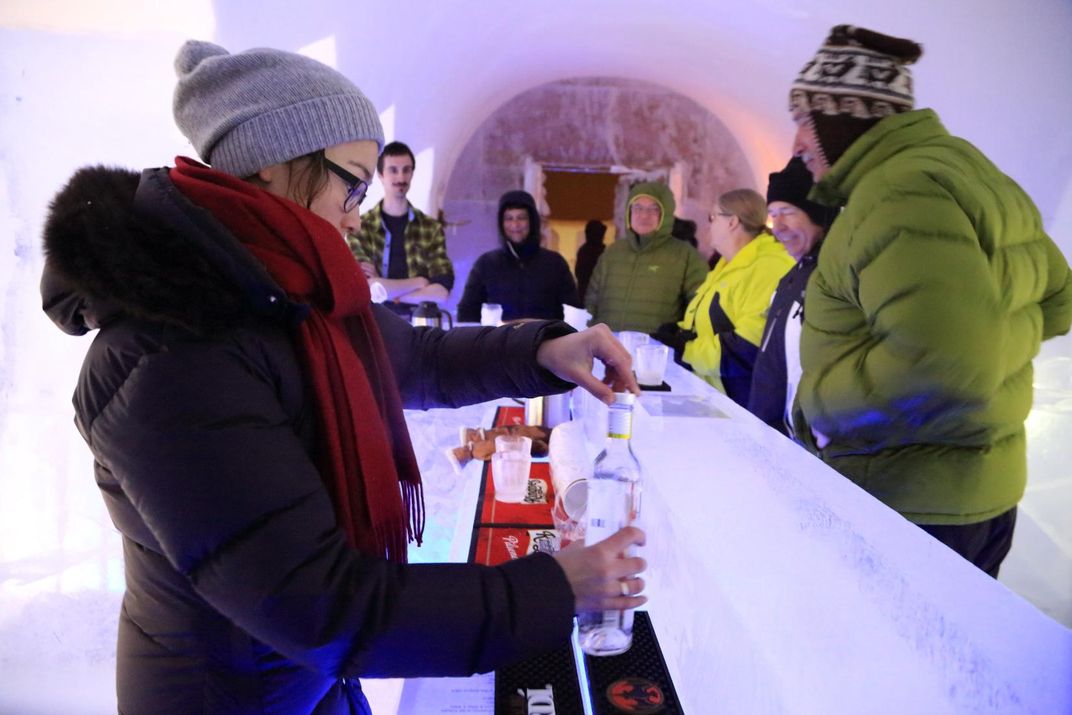
Customs change, but the Sami Easter Festival is an intriguing mix of old and new, produced mostly by and for locals. Besides joik music, I spent four days sampling reindeer racing, motocross on snowmobiles, a hotel bar carved out of ice (with outdoor movies projected on a huge wall of the stuff) and a colorful handicrafts market filled with reindeer-skin boots, antler carvings and needlework. When it was all over, I reluctantly left Norway’s indigenous heartland, driving hours back to the coast along an empty highway through vast snowy tundra, hoping that when I returned someday, Kautokeino would still be alive with tradition and Sami culture.
Planning Your Next Trip?
Explore great travel deals
Smithsonian magazine participates in affiliate link advertising programs. If you purchase an item through these links, we receive a commission.
/https://tf-cmsv2-smithsonianmag-media.s3.amazonaws.com/accounts/headshot/Hyman_headshot.jpg)
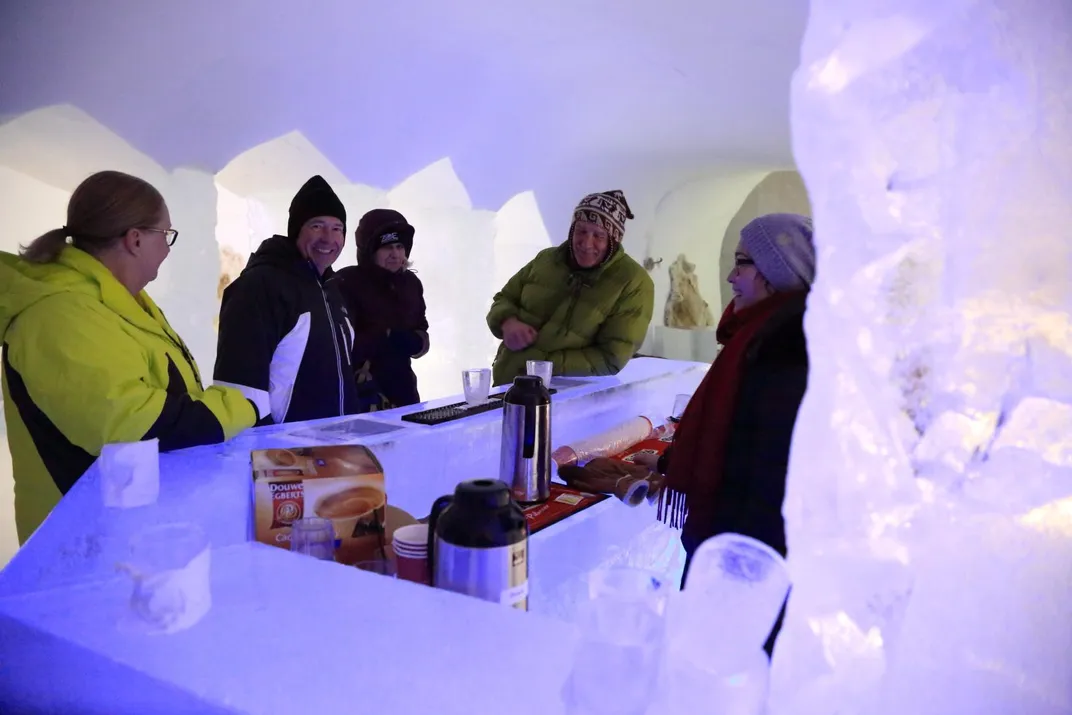
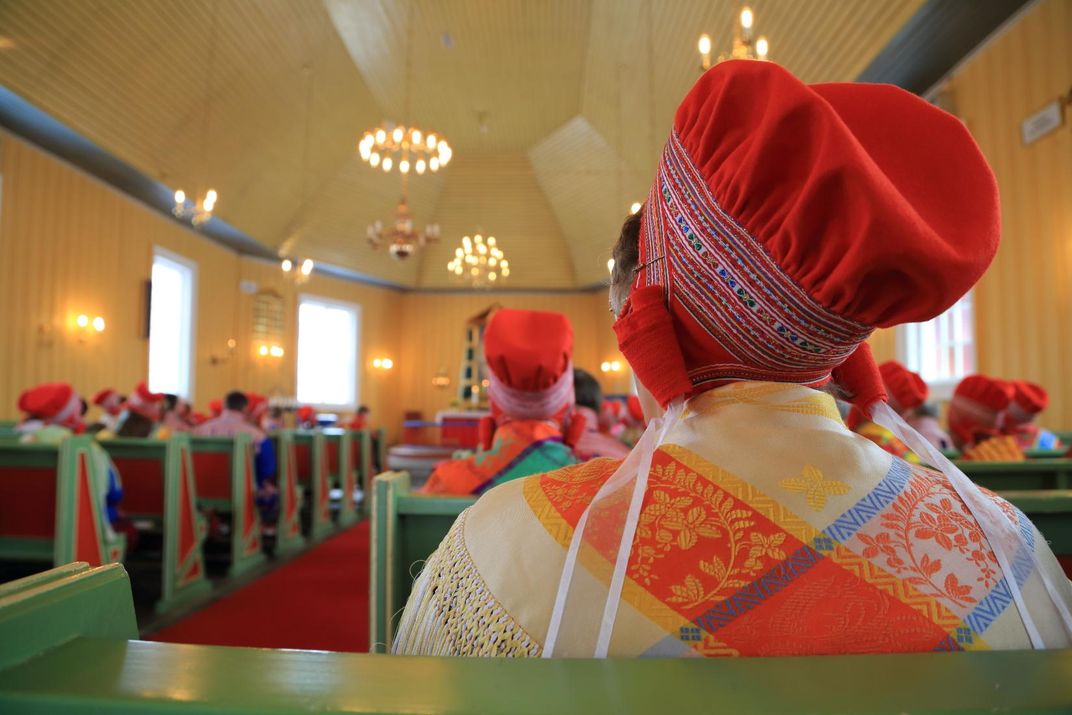
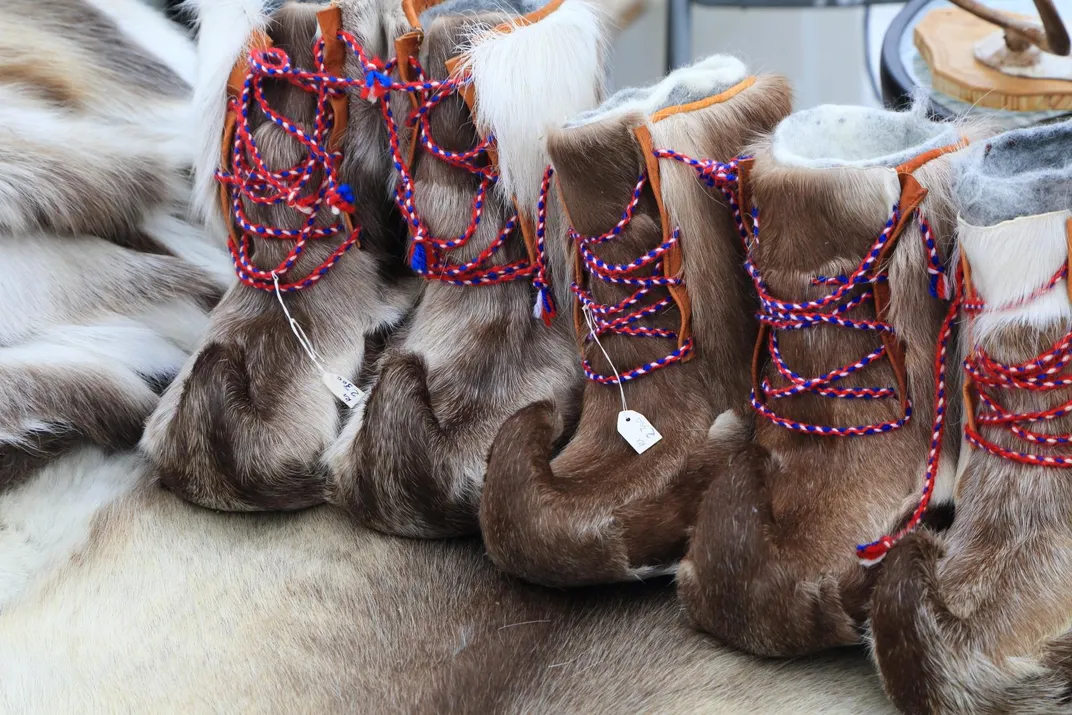
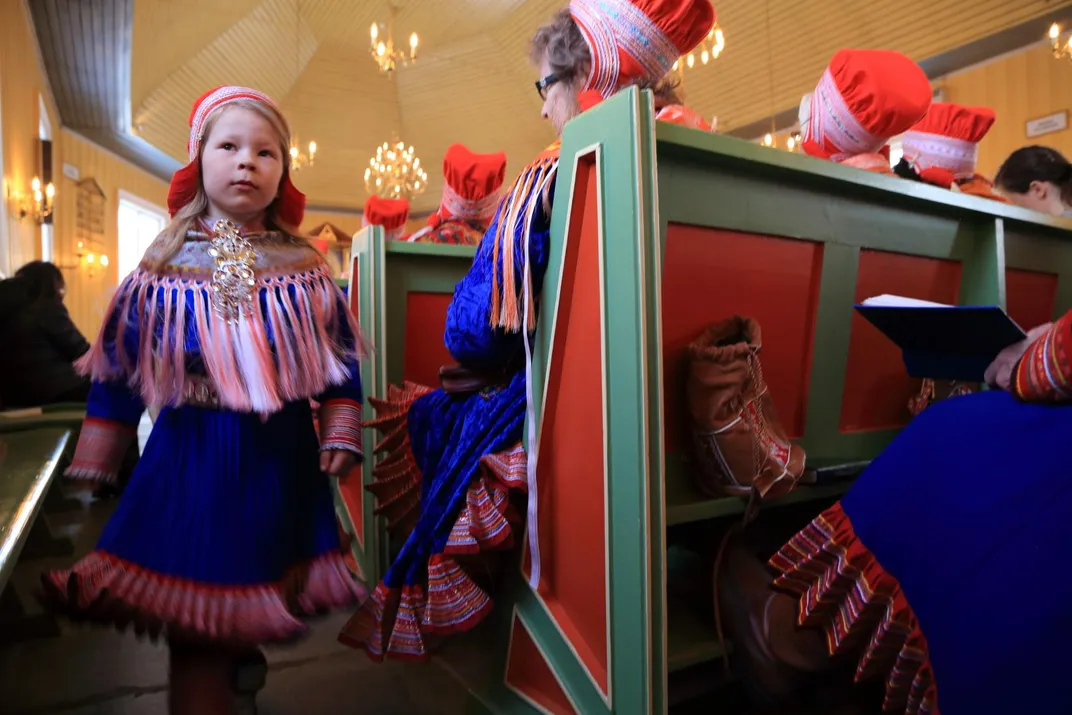
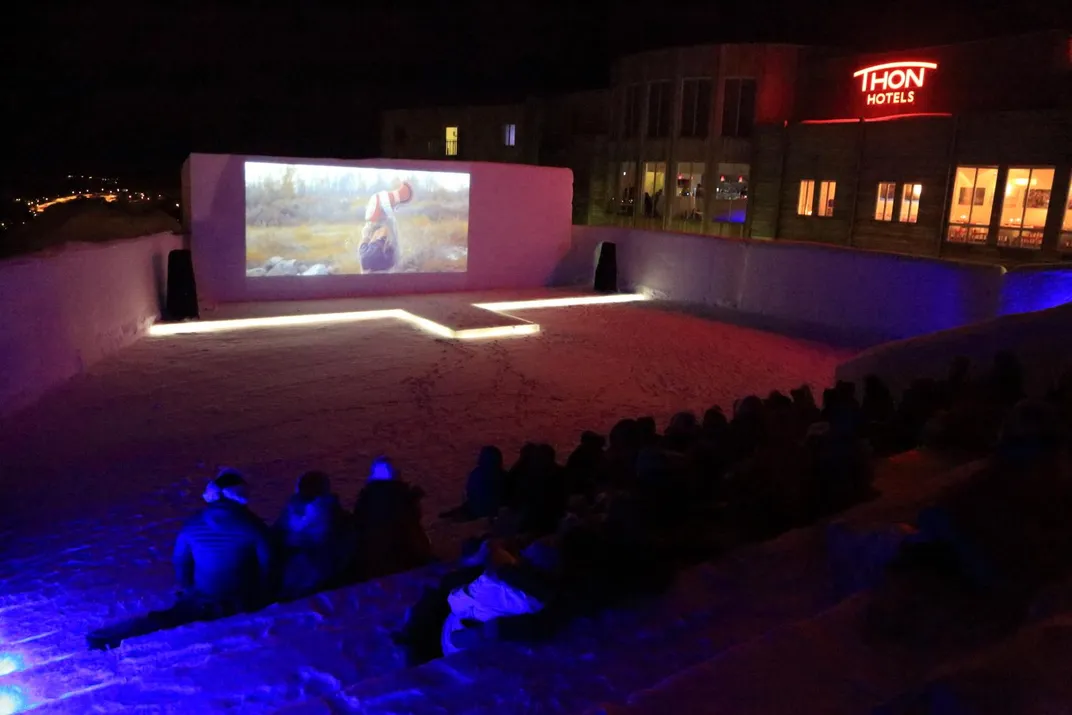
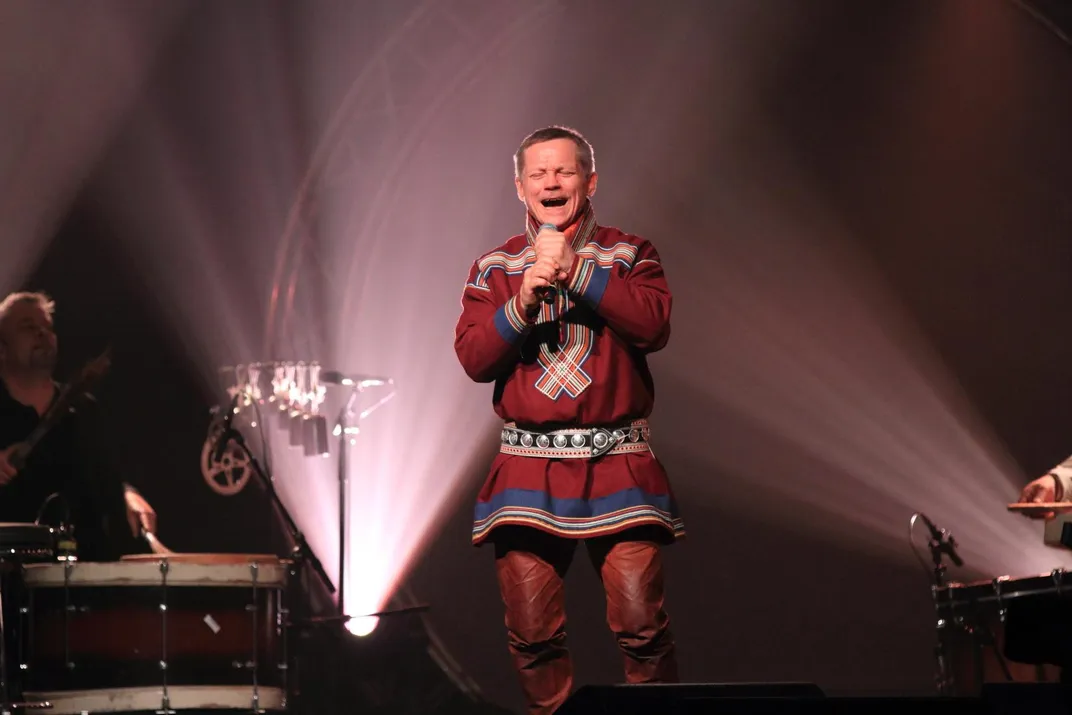
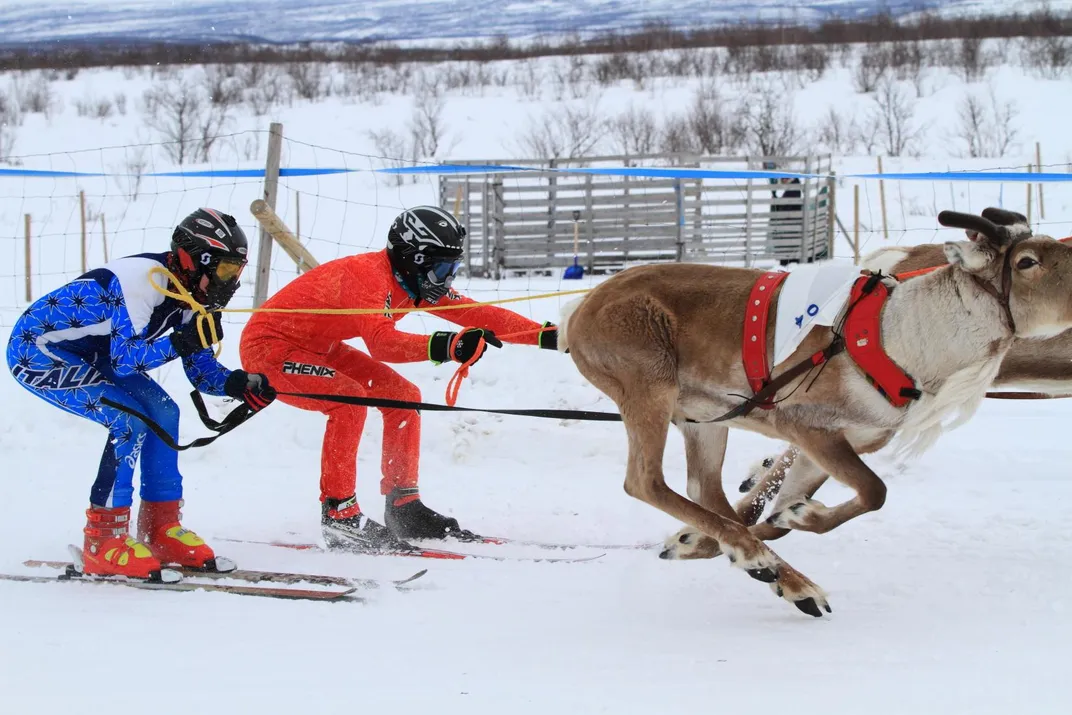
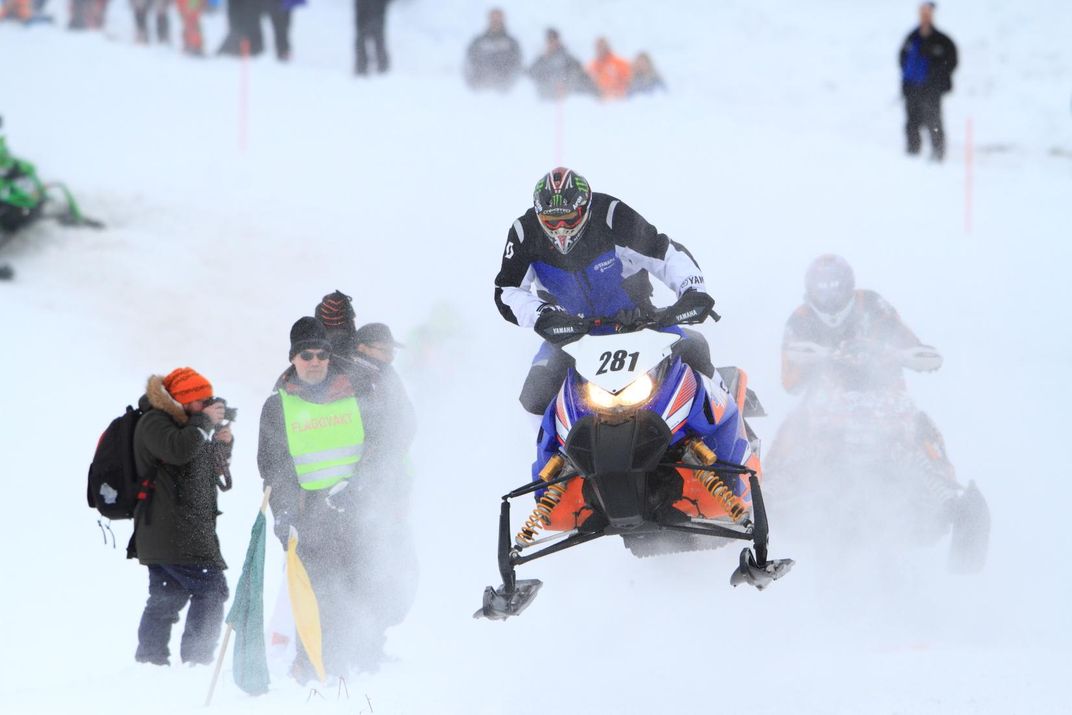
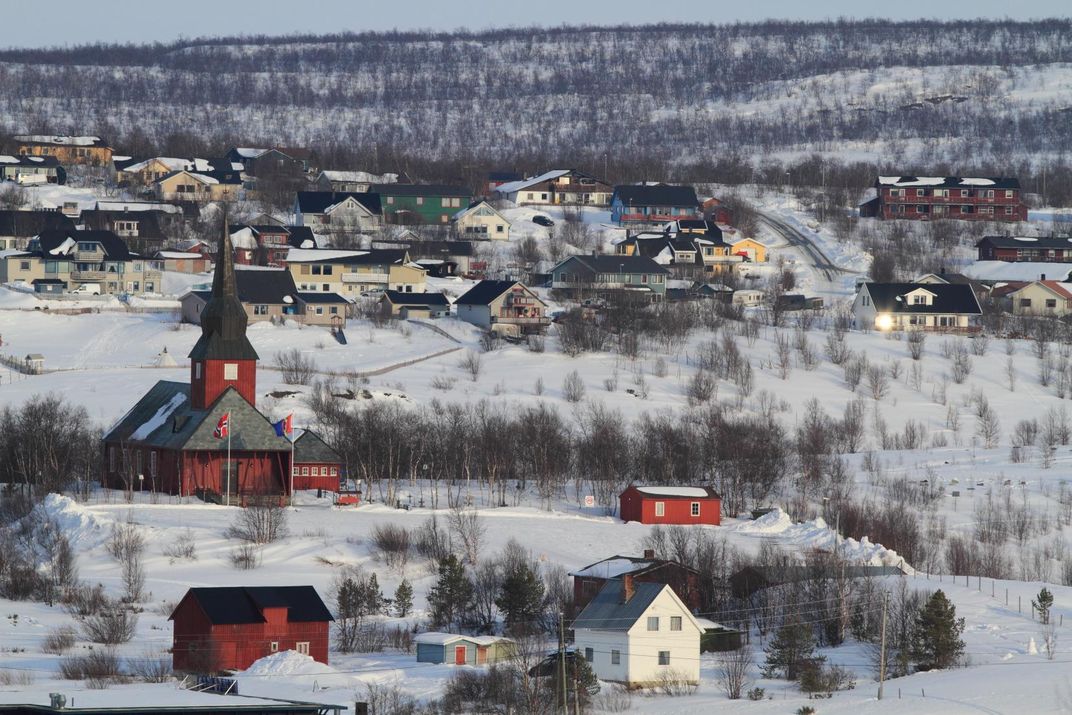


/https://tf-cmsv2-smithsonianmag-media.s3.amazonaws.com/accounts/headshot/Hyman_headshot.jpg)